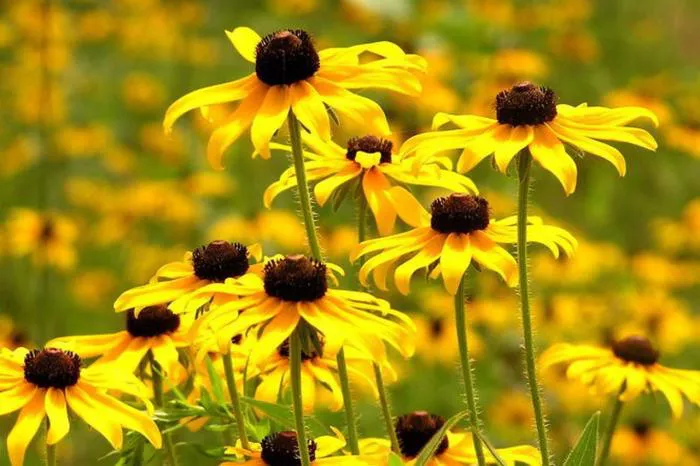This year’s unpredictable weather patterns, marked by record-breaking heat waves and prolonged drought, have left Ohio’s flora struggling to adapt. Unusual blooming patterns have emerged, with some spring flowers making a surprising appearance in November. Experts warn that these unseasonal blooms could have consequences for the plants’ health and flowering cycles.
To understand this phenomenon, WTOL 11 visited Nature’s Corner, where store manager Jenny Amstutz explained the challenges facing trees and plants during these turbulent conditions.
Drought and Heat Take a Toll on Ohio’s Plants
The summer and fall of 2023 brought a severe drought across Ohio, straining trees and plants alike. This stress was compounded by unusually high temperatures in November, which have disrupted the natural cycles of many plants.
“The flowers that are starting to pop up now, if you see any, those buds are not going to reopen in the spring,” said Amstutz. “It’s not normal for plants to bloom this late in the season.”
According to Amstutz, while these unseasonal blooms may seem alarming, they do not pose long-term harm to trees. However, spring enthusiasts may notice fewer flowers during the upcoming season.
“Spring bloomers that flower now will not reopen in the spring,” she added. “But it won’t harm the tree itself.”
Why Are Flowers Blooming in November?
Plants, like humans, are sensitive to environmental cues such as temperature and rainfall. The erratic shifts between extreme heat and sudden cold spells have confused many plants, triggering blooming cycles out of season.
“If you’ve noticed how quickly the weather has gone back and forth, plants have felt that too,” Amstutz explained. “The heat and dryness have been particularly stressful this year, especially for young plants.”
Many young trees and shrubs, without additional watering from their caretakers, faced significant challenges during the summer and fall. This stress has left them vulnerable to unseasonal growth patterns.
What to Expect in Spring
For those concerned about how these changes will affect their gardens come spring, Amstutz offered some reassurance. While some buds are unlikely to bloom again after flowering in November, the overall health of trees and shrubs remains intact.
“With the cold weather coming, that flower you see now will not last,” Amstutz said. “But it’s not going to confuse a tree so much that come spring, you won’t have your beautiful lilac or your beautiful dogwood.”
How to Protect Your Plants During Weather Swings
Ohio’s unpredictable weather demands extra attention from gardeners and homeowners. Amstutz stressed the importance of monitoring weather patterns and providing supplemental care for plants when necessary.
“With the heat and dryness, plants need deep watering, especially if they’re newly planted,” she advised.
As winter approaches, hydration remains crucial. If the ground freezes while dry, plants may suffer additional stress. Amstutz recommends ensuring the soil is adequately moist before freezing temperatures set in.
“If it doesn’t rain, give your plants a late drink,” she suggested. “The ground should freeze moist, not dry, which could be the worst thing for plants to endure.”
Looking Ahead
As climate patterns grow increasingly erratic, unseasonal blooms and stressed plants may become more common. The unusual conditions serve as a reminder of the delicate balance plants require to thrive.
Ohio’s residents can play a role in mitigating the effects of these weather extremes by paying close attention to their plants’ needs and adapting their care routines accordingly.
While this year’s conditions have posed challenges, experts like Amstutz remain optimistic about the resilience of Ohio’s flora. With proper care and attention, the state’s gardens and landscapes will continue to bloom beautifully in the seasons to come.
Related topics:


